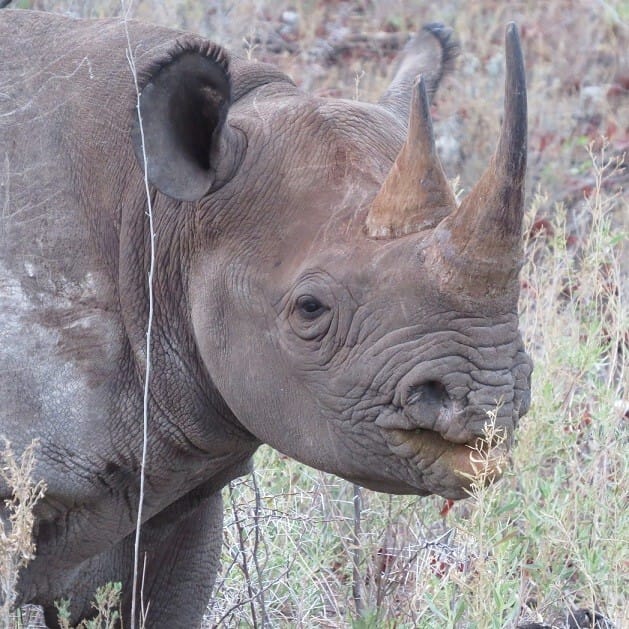Welcome to the Thought Follower, your #1 source of LinkedIn advice & writing tips, plus a fresh anecdote each week to dazzle dinner party guests & help you seem smarter around the office water cooler.
If someone forwarded this to you, subscribe here so you don’t miss the next one.
1. Forget the algorithm. Focus on Audience.
I get LOTS of questions from people who’ve started posting on LinkedIn. And most of them focus on the algorithm:
What time of day is best to post?
Which post format works best?
Why aren’t I getting as many Likes as before?
Will doing xyz hurt the reach of my post?
You don’t have to scroll far to find a LinkedIn guru’s guide to going viral & ‘hacking the algo’.
But there’s no hack. There’s no shortcut. There’s no silver bullet.
Sure, there are things you can do to optimise for the algo. But that’s not the first (or most important) step.
Instead of worrying about the algorithm, consider your audience.
Think about how, where & when your audience is consuming your content or viewing your profile. The average user spends 19 minutes per month on LinkedIn. That probably consists of:
second screening on the couch with Netflix on
3 spare minutes in between video calls
standing in line at the shops
a quick scroll on the toilet
So you need to pique their interest quickly.
My best advice? Make your content easy on the brain.
We’re bombarded with corporate speak, all day long.
Don’t add to that mental load.
2. How to spot a white rhino in the wild.
I lived in Namibia for 2 months in 2015. One of the highlights was a safari through Etosha National Park.
The majestic rhinoceros is my favourite animal on the savanna. We saw both black and white rhinos in the wild and learnt about some of the differences between them.
I can confirm: all rhinos are a shade of grey.
But the black rhino (see my picture from 2015) has a narrow, hooked lip adapted to grabbing nettles & leaves from bushes. While the ‘white’ rhino has a wide, flat lip that’s perfect for grazing on grass.*

Were you paying attention? Is this a black or a white rhino?
But there’s a more interesting difference between the two.
Black rhinos generally live alone, with the only strong bond thought to be between mother and calf. They’re notoriously aggressive; it doesn't take much for them to charge at a perceived threat.
White rhinos, on the other hand, live in 'crashes' (best collective noun ever) of up to 14 animals. They’re far more passive and less easily 'stressed'.
It comes then as no surprise that white rhinos live approximately 5 years longer, on average.
I’m sure there’s a life lesson in there for us somewhere. I’ll let you be the judge.
Know someone who’d benefit from this gazette? Why not forward it to them!
